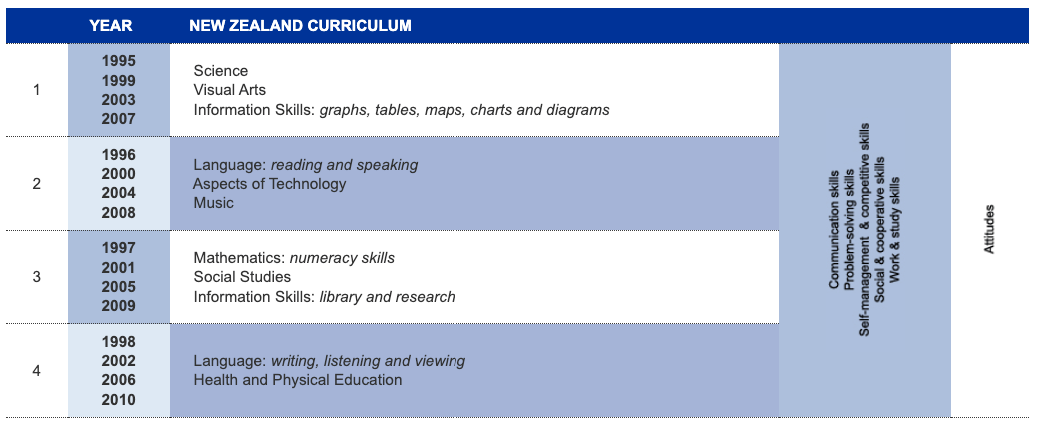Charles Darr, Conceptual Leader, NMSSA
March 10, 2021
In this post, I look at how NMSSA’s new Insights reports for the English learning area takes some of their inspiration from the national assessment programme that preceded NMSSA — the National Educational Monitoring Project (NEMP).
The National Monitoring Study of Student Achievement (NMSSA) has just released two new reports focussed on learning in the English Learning Area (Creating Meaning and Making Meaning). The reports have been written for teachers and curriculum specialists and are designed to provide insights into teaching and learning based on findings from NMSSA’s 2019 English study. The reports also suggest how teachers might use learning opportunities to respond to different issues. The new reports mirror similar reports released for Science and Social Studies in 2020 and Mathematics and Health and Physical Education in 2019.
NMSSA’s commitment to reporting that speaks directly to classroom learning reflects its heritage. NMSSA follows on from the National Educational Monitoring Project (NEMP) that was set up in 1993 and that carried out a national assessment programme in New Zealand schools from 1995 to 2010. Like NMSSA, NEMP used a sample-based approach and was focussed on achievement at Year 4 and Year 8.
NEMP assessed learning across the curriculum over a four-year cycle (compared with NMSSA’s five-year cycle). Table 1 shows the original schedule for the first four cycles of NEMP. The last NEMP assessment programme in 2010 disrupted the cycle to some extent when Reading and Mathematics replaced Health and Physical Education, and Listening and Viewing in the assessment programme. As can be seen in the table, the English Learning area was divided into five language modes which were assessed in different years in two combinations (reading and speaking in one, and writing, listening and viewing in the other).
Table 1: The four-year NEMP assessment cycle

The NEMP programme featured extensive use of performance tasks (extended tasks often completed one-to-one with a Teacher Assessor). This enabled the project team to collect rich responses from students. The reports published by NEMP were organised around these tasks and described how students had responded to the different task elements. All the NEMP reports can still be accessed through the NEMP website (NEMP - NZ's National Education Monitoring Project (otago.ac.nz)). Readers might be interested in exploring these further. In addition, some NEMP tasks with full instructions and scoring details can still be found on the Assessment Resource Bank (https://arbs.nzcer.org.nz).
At NMSSA we believe that the new Insights reports mentioned at the start of this post will stimulate thinking about teaching and learning with this generation of students. The two new English learning area reports, for instance, focus on insights related to creating meaning and making meaning, respectively. Extended commentaries, supported by task examples and annotated samples of student responses are used to alert readers to potential learning opportunities and useful resources. The reports cover insights related to several language modes. The insights involving speaking, viewing and presenting will prove very interesting to readers, given that professional resources in these areas are generally less available than they are for reading and writing.
The postponement of NMSSA’s programme in 2020 due to COVID-19 has provided an opportunity for the team to develop further Insights reports related to English and te reo Māori. These will be made available on the NMSSA website around the middle of this year.
NEMP established a principled commitment to a national monitoring system in New Zealand that was focussed on learners and their learning. NMSSA continues to hold to those principles. We hope the sector makes use of the resources being developed and benefits directly from the work undertaken.